Once again, the Calar Alto cameras have recorded the impressive fireball that was generated as a result of the re-entry into the atmosphere of a Starlink-1668 satellite on February 10, at around 8:51 p.m. local time (equivalent to 7:51 p.m. universal).
The satellite had a mass of 260 kg and was launched on the Falcon 9 by SpaceX on October 6, 2020.
This phenomenon was recorded in the framework of the SMART project, operated by the Southwestern Europe Meteor Network (SWEMN) from the meteor-observing stations located at Calar Alto, Sierra Nevada, Sevilla, La Sagra (Granada), Huelva, El Aljarafe, and La Hita (Toledo).
The event has been analyzed by the principal investigator of the SMART project: Dr. Jose M. Madiedo, from the Institute of Astrophysics of Andalusia (IAA-CSIC).
- Type of Event: Starlink-1668 satellite reentry.
Initial estimated speed: 27.000 km/h.
The image on the top left shows the path on the ground that this object followed, which crossed part of the Iberian Peninsula, starting in Galicia and ending over Algeria, as indicated above at an estimated speed of 23,000 km/h.
Below are the videos registered with the external cameras operated at Calar Alto Observatory in Almería, in some videos you can see the fragmentation of the object that occurs when it reaches the lower layers of the atmosphere.
Calar Alto (CAHA) fireball detection station, together with the one at the Observatory of Sierra Nevada (IAA-CSIC) and others placed at different locations in Spain, are part of the S.M.A.R.T. project led by Professor José María Madiedo (IAA) to track that kind of objects. Specifically, Calar Alto (CAHA) station and the one at Sierra Nevada (IAA-CSIC) constitute a collaboration agreement between the IAA researcher José María Madiedo and both institutions.
 English (UK)
English (UK)
